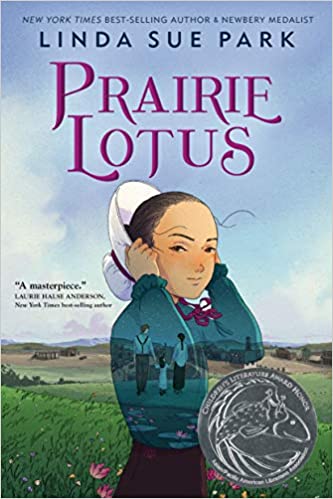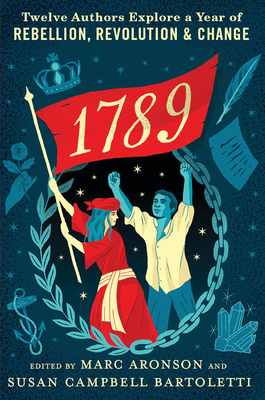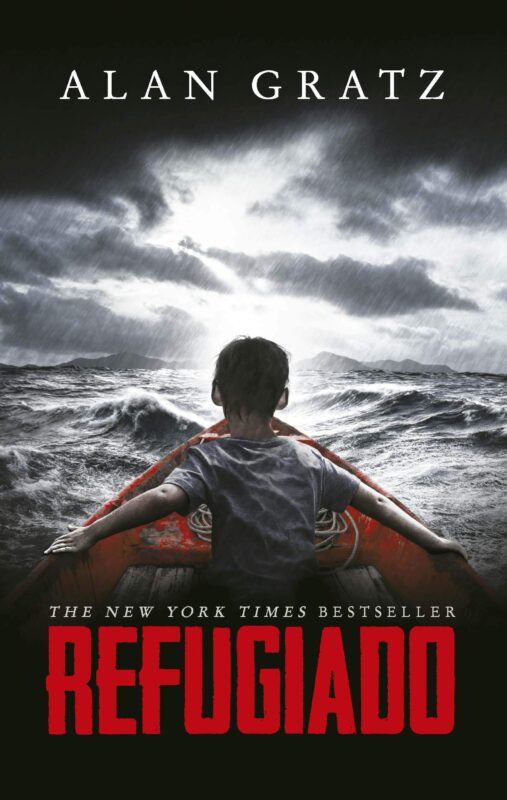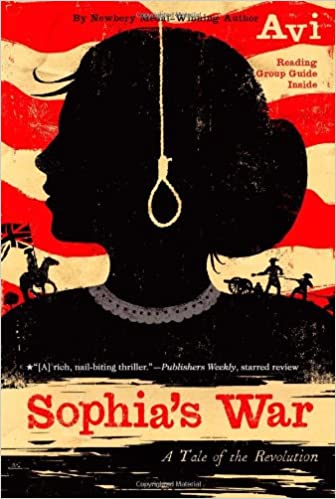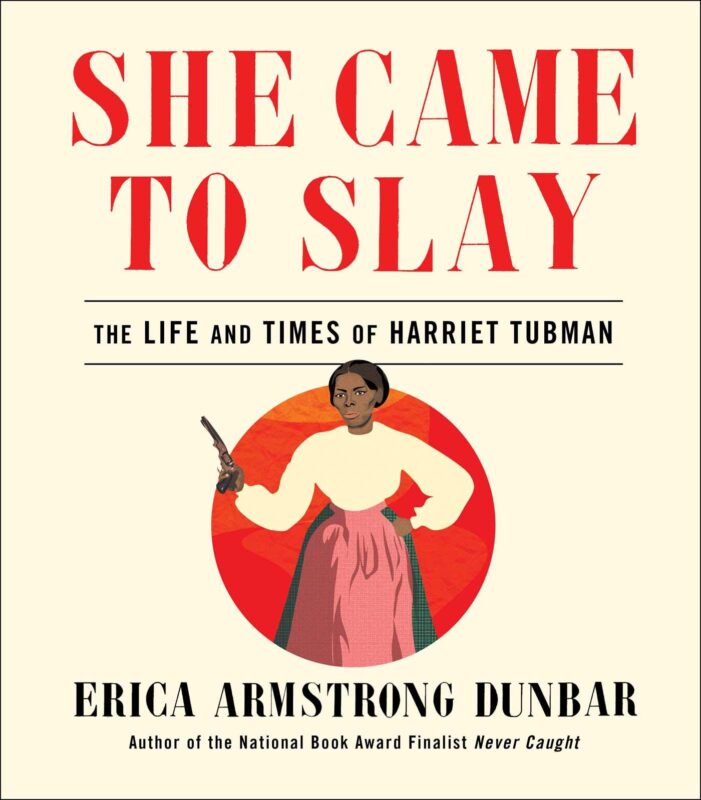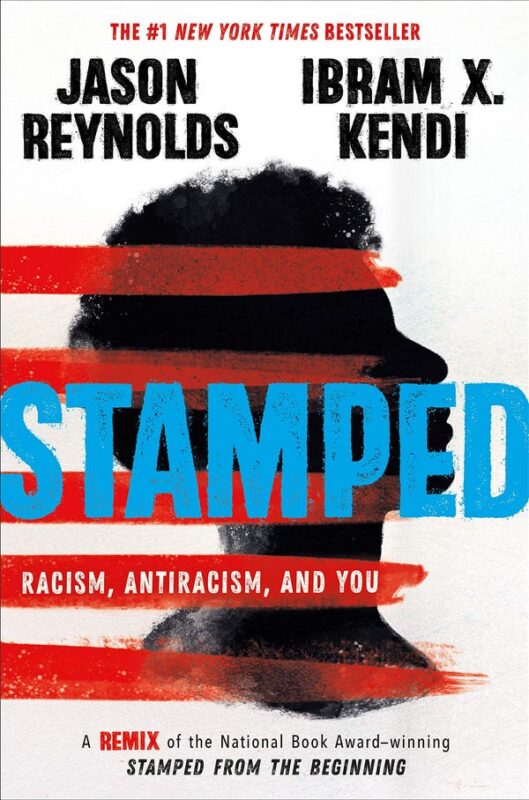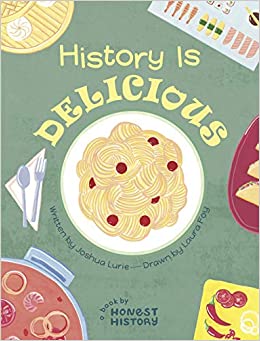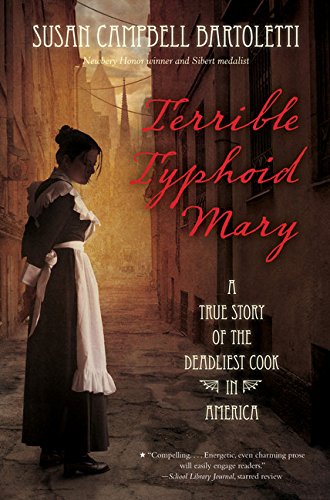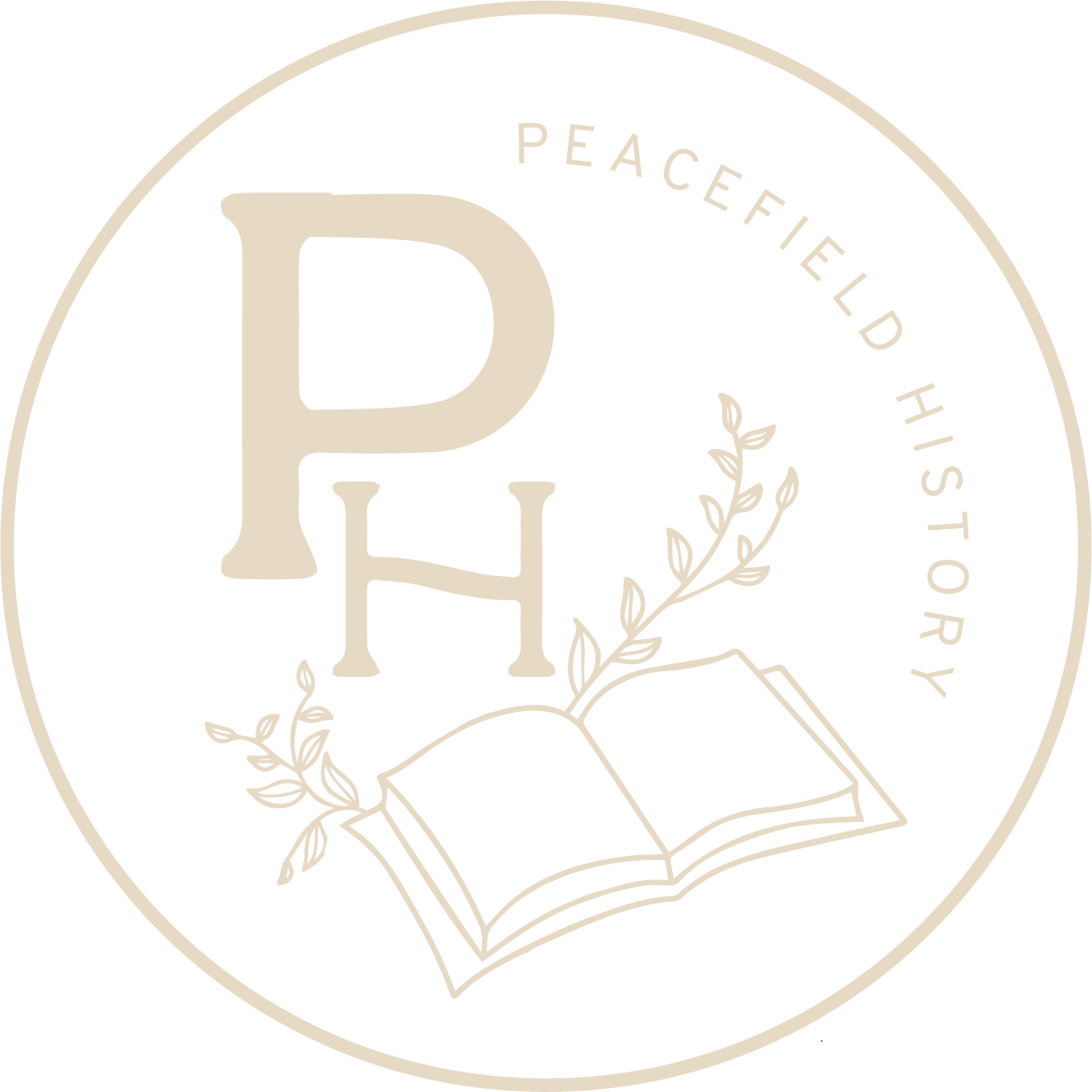
As most teachers are back to school (except for good ole New Yorkers), I’m sure this post will barely stick in your long-term memory. Make sure to bookmark it as it contains a ton of ideas and links. You can come back to it this weekend when you’ve recovered from sleep deprivation.
Loves and Links
- Times Magazine released a list of the Best YA Books of All Time. I found this list really compelling, as many of the books included were recent publications. I’ve read most of the books on this list, but I also added a few to my evergrowing list of “must-reads.”
- I recently watched this documentary about a gigantic (largely Black) Harlem music festival from 1969. Ever heard of it? Yeah, neither had I. Although it was drowned out by the Woodstock festival of the same year, this festival carried some of the great acts of the day. (Think Stevie Wonder, B.B. King, the Staple singers, Gladys Knight and the Pips…) The footage was buried by history for years and Questlove decided to turn it into a documentary. It’s one of many constant reminders that history is written by those in power and that the narrative needs revision. (The documentary is streaming on Hulu, but you can listen to an NPR story about it here.)
- Pear Deck and Facing History teamed up and they created digital versions of Facing History’s introduction to the school year lessons. If you haven’t started school yet, I would definitely check out these ideas!
- If you have a New York Times subscription, this article Why Do American Grocery Stores Still Have an Ethnic Aisle? is such a great conversation to inform your teaching.
- This article about what science teaches us about middle grade teaching has so many good ideas. I wish it was easier to break through the bureaucracy in our school districts to make this happen.
- One of my favorite internet teachers, Heimler’s History, started a series just for teachers! If you’re feeling a bit gloomy about the start of the school year, check out this video – Why Do We Teach History?
- Rick Steves recently announced that he’s created an educational database of videos for teachers and students. If you teach World History or Ancient History, you have to check this out! – classroom.RickSteves.com.
- I binge-watched Ted Lasso and absolutely loved the series. Honestly, I think it’s the “teacher show” that teachers deserve. (Technically, he’s a coach, but really, It shows GOOD teaching instead of exploiting or dramatizing the worst of teaching.) Ted Lasso is streaming on Apple TV. As we enter fall, grab a mug of pumpkin-spiced coffee (or my preference – warm apple cider) and envelope yourself in the positivity.
Peacefield History posts from this past month…
25 ways to Assess Student Learning in a Digital Lesson – If you do any digital lessons with your students (or even if you want to start), you have to check out this post. There are so many creative ideas.
Modern and Current Books about the American Revolution – I read a bunch of middle-grade books about the American Revolution this past month, and these were my favorites.
I recently updated my bundle of resources relating to events leading to the Civil War. This included my new resource relating to resistance to slavery. I don’t feel like this topic is covered enough in our history classes, so I was really glad to add this lesson to my database of resources.
Reads and Reviews
I really enjoyed reading this month. I was able to vacation in the Adirondacks, and I found spots that were free from any distractions (besides a couple of loons). I’ve also developed a new technique to help me read more often. Essentially, I’ve found that I need around 50 pages to get into a book. Therefore, when I sit down with something new, I always make sure that I have enough time to read at least 50 pages.
Prairie Lotus
Series: Reads and Reviews, Reads and Reviews - August 2021
Genre: Historical Fiction - Middle Grade
(Middle-Grade reading level - racism, mentions a lynching, an assault - however, all is dealt with appropriately)
This was a book I wished I had as a child. A "Little House on the Praire" styled book, but with a more worldly point of view. Hanna is a half-Chinese girl trying to make her way with her father in the Dakota Territory. She's an aspiring dressmaker who just wants the opportunity to attend school and be accepted by the all-white community. Written by Linda Sue Park, the text and story are expertly crafted at the perfect level for middle school readers. There are big and complex ideas framed with simple language.
The history of this time is embedded within the story without being too dark or needlessly laborious. Hanna is an incredibly likable and sympathetic character. The frustrations she faces from family, racism, and the social mores of the time are real and muddy. None of the characters fit into a neat box. This book deserves just as much love as the Wilder series, and I would love to see several more written.
More info →1789: Twelve Authors Explore a Year of Rebellion, Revolution, and Change
Series: Reads and Reviews, Reads and Reviews - August 2021
Genre: Historical Nonfiction - YA
This book was a revelation in historical writing. There are 12 chapters in all, and each focuses on the story of one individual and the ideas that pushed their thinking towards rebellion, revolution, or change. Each was written by a historian who is an expert on that topic.
This book doesn’t center around the typical men or topics that take up most of the space in any regular book about the Revolutionary era. Instead, one chapter is devoted to a Seneca leader, another focuses on a geologist, there’s a painter, a mathematician, and many more. Although they are not overtly explained, questions of freedom, equality, and race intersect and envelop each other in each of the 12 stories.
Though this book centers around historical events occurring in 1789, the way in which the stories were presented made them feel current and modern. This might be partly due to the fact that the people in these stories aren’t the same tired forefathers who seem so dead and distant. Further, by examining the inner thoughts of each of the historical actors, their concerns and passions seem much more universal.
I’ve often preached about the necessity of rewriting the narrative of U.S. History. This book does so well, and in a way that should be emulated. (A small plea to the writers - could you create a middle-grade version?)
This book would be a fantastic addition to any U.S. History class where the teacher has the time to devote a good couple of weeks to deep-diving into the Revolutionary era. Divide the chapters among students - have them dissect the topics and find the commonalities among the ideas. Technically, this book was labeled as a YA book, however, I would suggest it’s best for students in grades 10 through 12. This book does require students who can teach at a high school level, however, some chapters were more approachable than others.
More info →Refugee
Series: Reads and Reviews, Reads and Reviews - August 2021
Genre: Historical Nonfiction - Middle Grade
(Middle-Grade Reading Level - Real-life depiction of the refugee experience - there is death, desperation, and peril)
This book is extremely popular with middle school teachers, and after taking time to read it myself, I'd have to agree. Instead of writing a traditional review, I thought I'd write a list of 5 reasons why this book is a great resource.
1. Gratz chose three stories that showcase disparate religions and cultures. In each case, he makes realistic connections between religious practice and daily life.
2. Each story demonstrates how unfortunately easy it is for people to divide themselves into groups without real cause.
3. The story of the Syrian refugee, Mahmoud, stands out because of its recency. Mahmoud's life deteriorates so quickly and allows students to see that the dividing line between a middle-class life and refugee status is actually quite fragile.
4. Gratz writes for middle schoolers. Each character portrayed a story that students can connect to despite the differences in culture or time.
5. Gratz ties the three stories together at the end to showcase the humanity of every refugee.
There is no doubt that this should be included in every classroom library. Also considering utilizing this book as a class read-aloud, or for a full class read.
Sophia’s War
Series: Reads and Reviews, Reads and Reviews - August 2021
Genre: Historical Fiction - Middle Grade
(Middle-Grade reading level - most of the fighting takes place far away, however, Sophia does witness the hanging of Nathan Hale at the beginning of the story.)
I've been a fan of Avi ever since I devoured the True Confessions of Charlotte Doyle when I was a kid. In Sophia's war, Sophia’s brother, a soldier, goes missing after the Battle of Brooklyn. Sophia befriends a British lieutenant, Andre, who comes to New York City and is stationed in her home. She hopes she’ll find help in him locating her brother, however, her brother languishes and dies on a British prison ship. Her brother's death inspires Sophia to become a spy embedded with the British Army, and she uncovers a crucial piece of information that will change the course of the war.
The pace of Avi's writing style will hook middle-grade readers and keep them engaged. This book incorporates tons of historical information, including discussions of the prison ships for Patriot soldiers in New York City, the betrayal of Benedict Arnold, the quartering of soldiers, and the general experience of life during wartime. It definitely belongs in any middle-grade history teacher's classroom library.
More info →
She Came to Slay: The Life and Times of Harriet Tubman
Series: Reads and Reviews, Reads and Reviews - August 2021
Genre: Historical Nonfiction - Middle Grade
(Middle Grade reading level - No real content concerns, although it does discuss the trauma of slavery)
This book chronicles the life of Harriet Tubman. It includes details about her early life, her work on the Underground Railroad, her service in the Civil War, and her circumstances after the war. Dunbar takes the biographic information about Tubman and combines it with a more informal narrative to imbue humanity into the details of Tubman's life. Tubman's life is so incredible and unimaginable, and Dunbar made her seem human and vulnerable.
This book really demonstrated how biographies should be written for middle-grade readers. Students at that level need to have a connection to historical characters. The emotions and the inner monologue of a person like Tubman makes the story of her life seem much more recent and modern. I flew through this book as it read much more like a novel than a historical biography.
Truly, this is an excellent book. It's a must-have for your classroom library.
More info →Stamped – Racism, Antiracism, and You
Series: Reads and Reviews, Reads and Reviews - August 2021
Genre: Historical Nonfiction - YA
Stamped From the Beginning seeks to explain the narrative thread of racism that has run throughout the whole of American (Colonial and U.S.) History. It begins with Portuguese exploration and ends with the present day. This book provides a more succinct narrative of the history of racism in the United States than the original epic tome written by Ibram X. Kendi. Jason Reynolds took the original work and parsed it down into an engaging dialogue that makes the work feel much more like a conversation than a history textbook. (As Reyolds notes many times, it is NOT a history book!). Reynolds explores how the racist segregationists (the racist haters), assimilationists (basically accommodationists) and antiracists (the lovers) have all pushed and pull history, and how, unfortunately, the racists have often controlled that narrative. Reynolds draws from the many examples provided by Kendi, and the book generally follows the same historical narrative as Kendi's original.
This book is labeled for ages 12 and up, but honestly, I think it's best suited for high school students. There is so much to contextualize and explain, and I think the narrative or nuance would become lost if a teacher finds that they have to provide background for the twenty different concepts interwoven on a single page. High schoolers will be able to really explore the themes that are central to the text. I think a teacher could even spend a week working through just one of the chapters with students. (For instance, I know that could spend a full class period with students explaining why the phrase "I have black friends," doesn't exempt one from racist ideas and how that was basically an unsaid motto of Thomas Jefferson.)
Also, this book is for teachers. Especially those well-meaning teachers who picked up the original Stamped From the Beginning, realized that the text was incredibly dense, and then placed the book on their shelf to collect dust. This book breaks down the major concepts of the book without the incredible detail. If you're one of those teachers (shh, I won't tell), definitely pick up this book for yourself.
For a plethora of reasons, teachers might not be able to implement this full text in their classrooms, however, I hope they think about how they can.
More info →History is Delicious
Series: Reads and Reviews, Reads and Reviews - August 2021
Genre: Historical Nonfiction - Middle Grade
History is Delicious is the second book in a series by Honest History. It contains a wealth of knowledge about types of food from around the world including simple recipes for kids, cultural connections, and historical contexts for each area. The main component of the book includes descriptions of popular recipes from around the world. The book is broken into four major categories, Americas, Europe, Asia, and the Middle East, and there are a multitude of recipe descriptions for each location. This book would be great for a World Cultures class and could provide a starting point for conversations with students. I know that my students are probably unfamiliar with 95% of the recipes mentioned in this book, and I could easily assign them a particular recipe for a group discussion. Teachers could utilize the historical context sections for the introduction to a lesson, as that text is written at more of a YA level.
Fair warning, however, you absolutely cannot pick up this book if you are in any way hungry. In the absence of any Korean barbecue or Dim Sum, I ended up snarfing down several vanilla wafers from my kitchen. (It's very helpful that Door Dash doesn't deliver to my country farmhouse.)
More info →Terrible Typhoid Mary
Series: Blog Post Topics, Middle Grade and YA Reads about the Gilded Age
Genre: Historical Nonfiction - Middle Grade
(Middle Grade reading level - No content concerns - if you have a student who's VERY squeamish, this book might not be the book for them.)
So, a biography of "Typhoid Mary" turned out WAY more relevant than it should be in the "panda" era of 2021.? If you don't know that backstory of Typhoid Mary, basically, she was a carrier of Typhoid, but she didn't show any symptoms herself, and never remembered having the disease. She was a transient Irish immigrant in the early 1900s, and she made her living as a cook, so she kept reinfecting people as she transferred from job to job. Mary was eventually tracked down by the rudimentary health inspectors of the day, but she was in complete denial that she could be a carrier. She was then confined to an island off the coast of New York City so that she could be tested for typhoid. Mary's reaction to these events proved most relevant. She fought against any accusations, and once she was released, she would go onto take more jobs (one in a hospital!) and infect more people. She also refused surgery to remove her gallbladder, which may have cured her of the disease. Still, she had reasons to feel the way she did, and as an immigrant woman, she was just lambasted by the press. Her story represented why confusion and pushback against what might be CLEAR medical decisions are so deeply connected to one's understanding of the world. This book would certainly generate some great conversations in the classroom.
More info →Do you have any tricks for getting yourself to read more often? Let me know in the comments.
